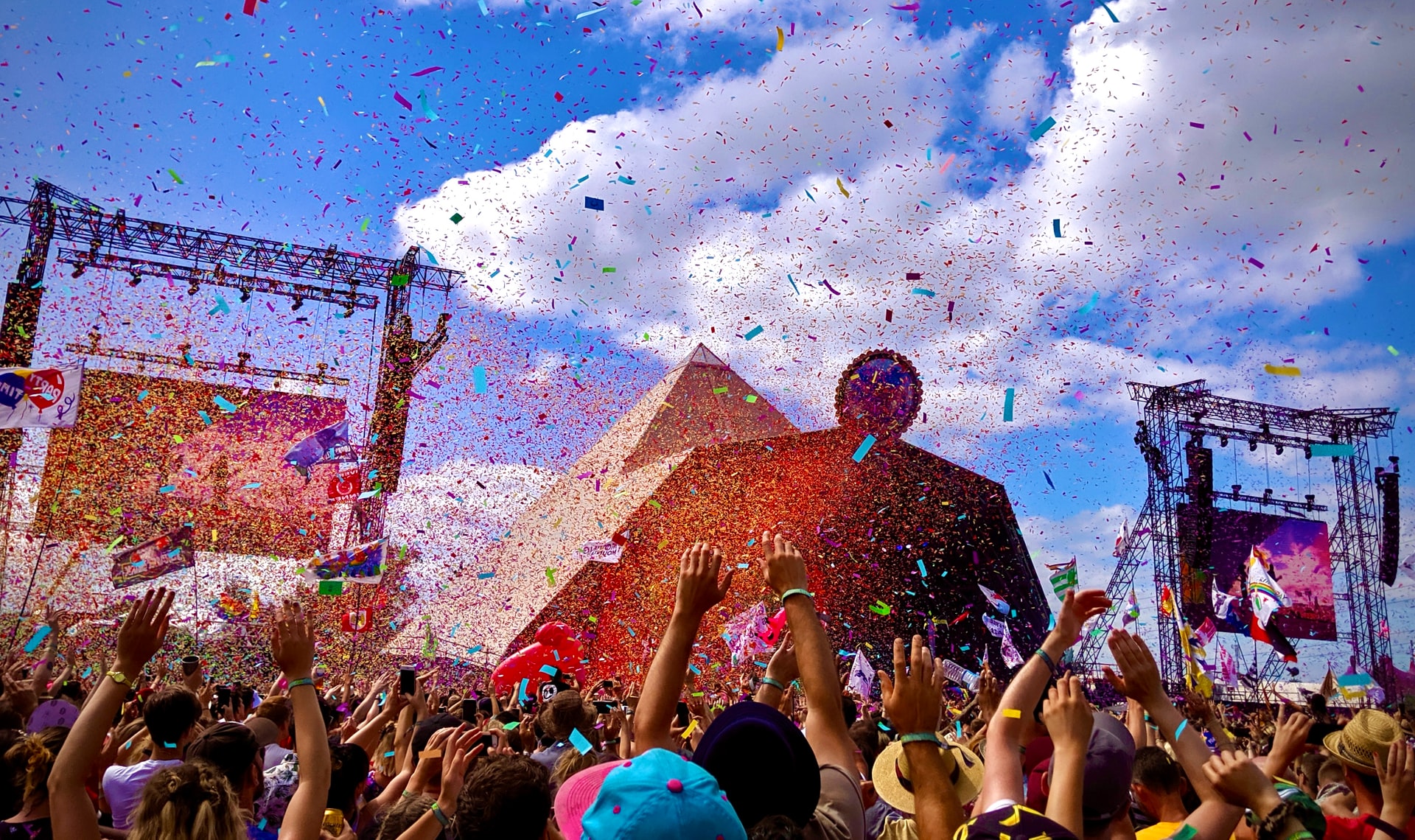
There’s only one big and lively music festival to bring together thousands of music fans from across the globe; the Glastonbury festival. Adjudged the most iconic festival, none can be compared, and for a good reason. With all the praise and accolades, many will find it hard to believe that Glastonbury wasn’t as iconic as it was today when it began in the 1970s. Today, we take you down memory lane, right back to where Glastonbury began.
1. Festival Origins
The founders of this festival, Michael and John Eavis, gained a lot of inspiration from the Bath Festival of Blues and Progressive Music held in Somerset. Betway Online Casino recently investigated and discovered that, with a deep belief in their capabilities to host something similar, the brothers decided to organise and host their very first festival at their family farm.
The first festival was held on the Worth Farm and was called the Pilton Pop, Folk, and Blues Festival. The opening was in the late summer of 1970 and admission into the farm was £1. What’s more, each ticket came with a free milk bottle. One thousand five hundred people were present, enjoying continuous performances from the Tyrannosaurus Rex of Marc Bolan fame. On the very first poster, the Kinks were the ones set to headline the festival, but this was never a reality.
2. Name Change
The name of this festival was changed for the first time in 1971 to the Glastonbury Fayre. The date was also changed to celebrate the anniversary of the summer solstice. Choosing this date was strategic because the summer solstice is celebrated annually at Stonehenge. This location is home to the globally recognized neolithic monument, which is coincidentally close to the festival.
3. Stage Design
The pyramid form of the iconic Glastonbury isn’t something of a coincidence. It took lots of thinking and planning to finally come about this design and location. The Stonehenge ley line determined the iconic stage. This line is believed to restrict earth energies, running through the Vale of Avalon. Another determining factor was the Glastonbury Abbey, and the founders found the best way to pay homage to all pilgrims through the pyramidal design.
The beginning years were a bit tough for the festival, but in the 1980s, things started to pick up. Under Michael Eavis’ guidance, the festival experienced a real boost in its momentum, allowing it to establish itself as a voice for political and social change while raising money for great causes. The festival successfully booked some of the biggest names in the music industry while growing in size and reputation.
4. New Future.
Over the years, Glastonbury festivals have experienced different occurrences that have made it what it is today. In the new millennium, organisers designed and outdoors the new pyramid stage. David Bowie performed during the festival that year, while the pyramid was baptised by Robert Plant, a single from the former Led Zeppelin.
With the introduction of luxury, the prices of tickets keep increasing, so organisers continue to create state-of-the-art stage sets. It’s a never-ending cycle that makes Glastonbury what it is today and more.